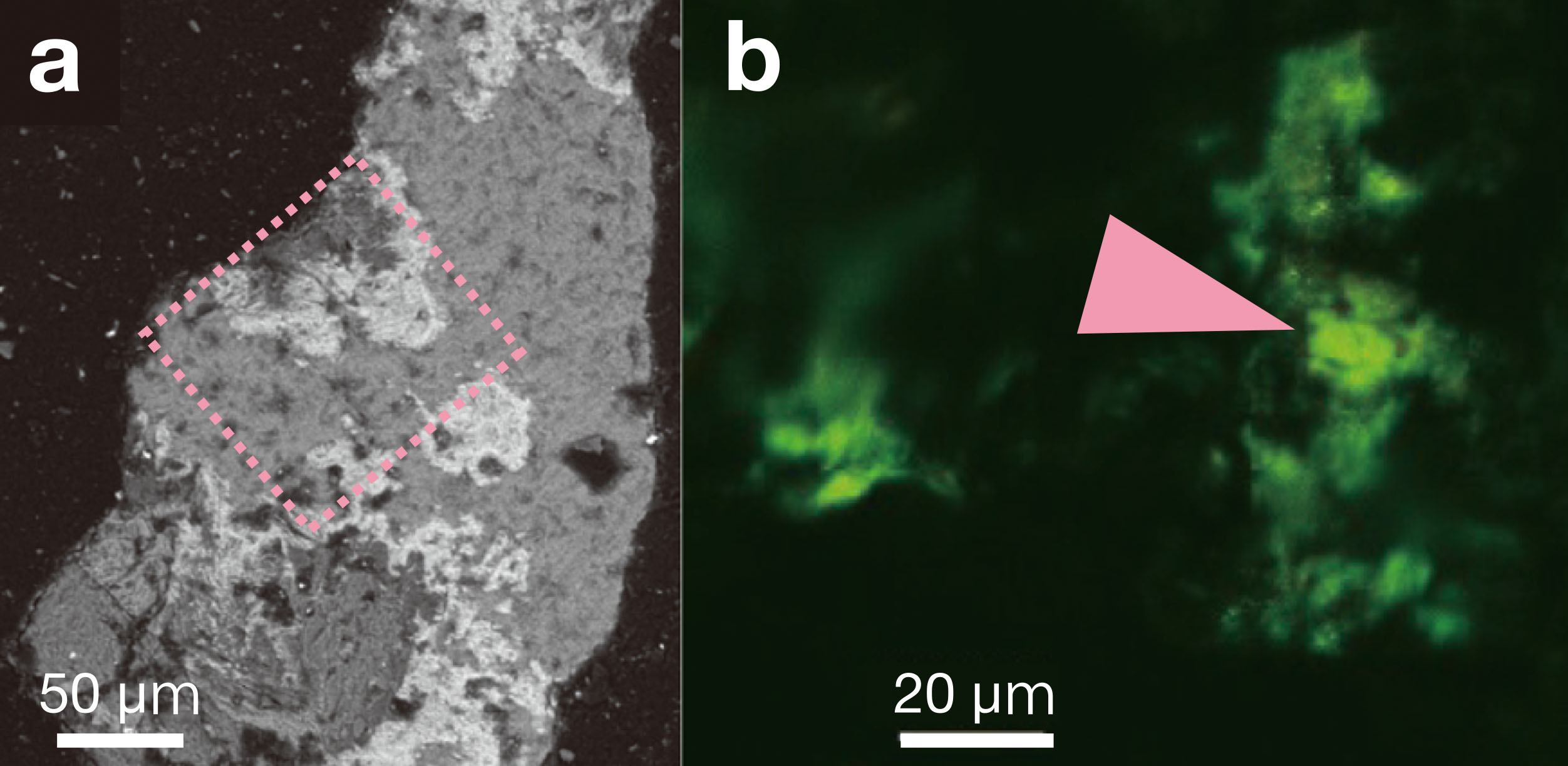There’s life, even hundreds of meters below the ocean floor
On Earth, there’s life everywhere – well, almost everywhere, one exception being the geothermal fields in the Ethiopian region of Dallol. Researchers have detected at least primitive bacteria almost everywhere: on the highest mountains, in hydrothermal vents, in corrosive lakes, and even deep in the oceans. Scientists have even found traces of life hundreds of meters below the bottom of the sea, as reported in an article in the magazine, Communications Biology.
In their research, the scientists looked, in particular, at the Earth’s upper oceanic crust. It consists of basaltic lava, which has been deposited there from the depths of the Earth for 3.8 billion years. Wherever it comes into contact with ocean water and sediments from organisms, life is formed. That even extends some distance into the rock. Earlier studies showed that 3.5 and 8 million-year-old formations are brimming with aerobic and anaerobic life.
But what’s going on farther down? In their article, the researchers describe the composition of basaltic rock obtained from drilling up to 100 meters below the ocean crust, which – like 90% of the ocean floor – is already more than ten-million-years old (here, specifically, 104, 33.5, and 13.5 million years). Even in these samples, they found an astonishing quantity of biological cells, namely, between 7 billion and 50 billion cells per cubic centimeter. Thus, one teaspoon of basalt rock from a depth of 100 meters below the ocean floor has, on average, as many organisms as the total population of all humans on Earth!
Most of these cells are bacteria that breath methane. However, the researchers also found archaea, which, in addition to bacteria and eukarya (animals, plants, fungi), form the third domain of life. In total, it’s estimated that 2.4 x 1028 cells (24 billion billion billion) could live just in the upper oceanic crust, and even that would be only about one-tenth of all cells in all the ocean sediment.
The discovery, however, also has implications for the possibility of life on Mars and other celestial bodies. The basaltic crust of Mars formed about four billion years ago and was exposed to moisture up to three billion years ago, at the surface and under Mars’s bodies of water. Today, Mars is cold and dry, but there still appear to be water reserves below the surface, as well as methane reserves that could act as sources of energy for bacteria. Communities of bacteria in the Martian underworld, where we would have to look for them, therefore might look something like those hundreds of meters below our ocean crust.
